Introducing a new pet into a household can be a delicate process, especially when it comes to rabbits and other family pets. Ensuring a smooth transition and positive interactions between different animals requires careful planning and consideration. In this article, we will explore how couples can approach introducing their rabbits to other family pets, offering valuable insights and tips to create a harmonious environment for all furry friends.
Creating a Safe and Comfortable Environment
Before introducing a rabbit to other family pets, it is vital to create a safe and comfortable environment for all animals involved. Here are some essential steps to follow:
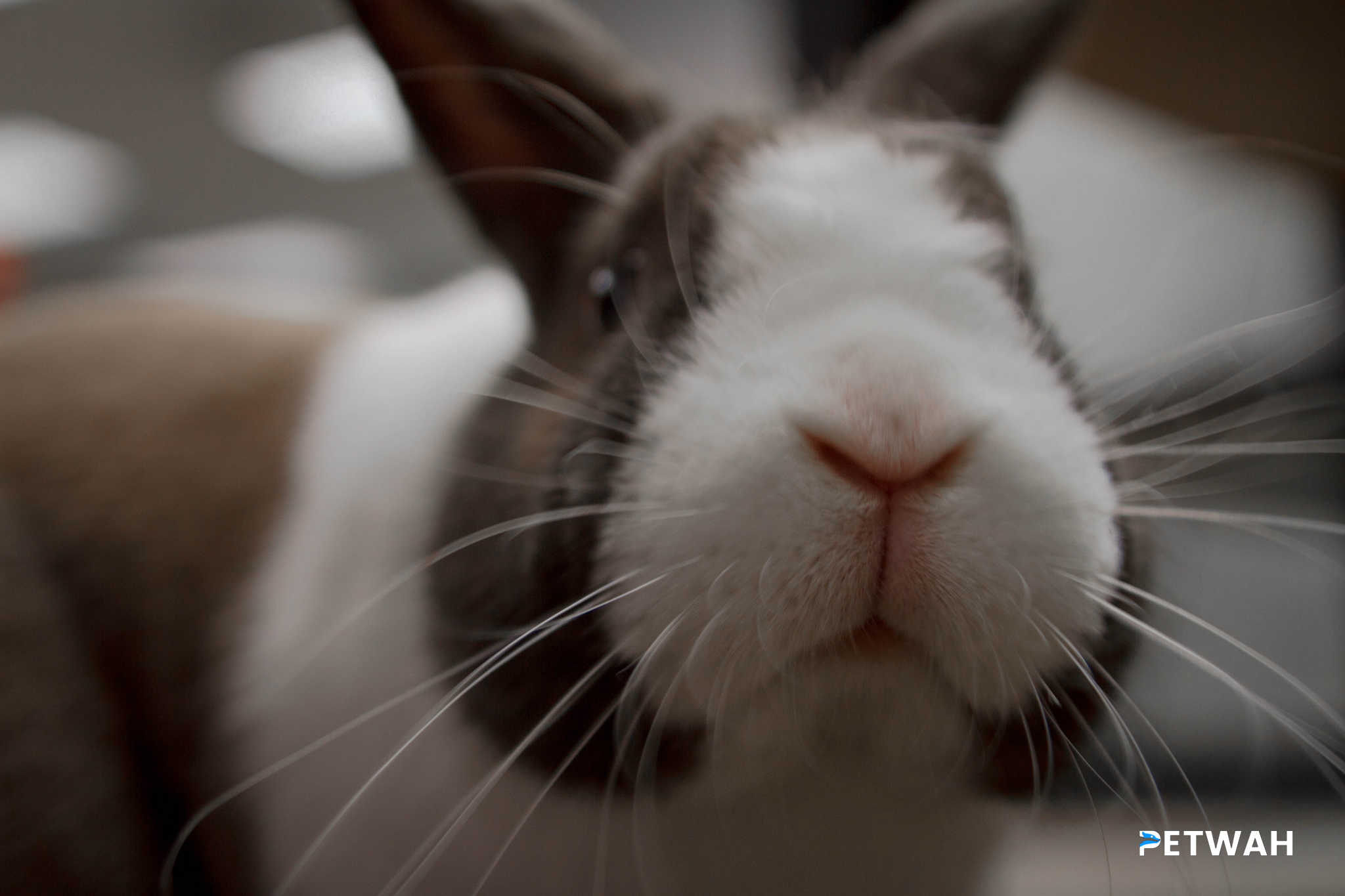
- Set up separate living spaces: Provide each pet with its own space, such as a separate room or enclosure, to ensure they have a place to retreat to and feel secure.
-
Scent swapping: Exchange bedding or toys between the rabbit and other pets to familiarize them with each other’s scent. This can help minimize any potential anxiety or territorial behavior during introductions.
-
Gradual introductions: Start by allowing the pets to see each other from a distance, such as through a baby gate or a clear barrier. This allows them to observe and become accustomed to one another without direct contact.
Introducing Face-to-Face Interactions
Once the pets have become familiar with each other’s scent and presence, gradual face-to-face introductions can take place. Follow these steps to ensure a smooth transition:
- Controlled meetings: Begin by allowing short, supervised interactions between the rabbits and other pets. Keep the interactions calm and controlled, and observe their behavior closely.
-
Positive reinforcement: Encourage positive associations by rewarding good behavior with treats, praise, or playtime. This helps create a positive atmosphere during the introductions.
-
Separate feeding areas: During initial introductions, provide separate feeding areas to avoid any food-related conflicts and resource guarding behavior.
Monitoring and Environmental Enrichment
Even after a successful introduction, ongoing monitoring and environmental enrichment are crucial for maintaining a harmonious living environment. Here are some tips to keep in mind:
- Ongoing supervision: Continue to supervise interactions between the animals until you are confident in their ability to coexist peacefully. Be prepared to separate them if any signs of aggression or discomfort arise.
-
Environmental enrichment: Provide mental and physical stimulation for all pets through toys, hiding spots, and activities tailored to their unique needs. This can help prevent boredom and reduce the likelihood of any destructive behavior.
-
Professional guidance: If you encounter difficulties or are unsure about the introduction process, consider seeking guidance from a professional animal behaviorist or veterinarian with experience in multi-pet households.
FAQs
- Q: Can rabbits and dogs live together peacefully?
A: Yes, with proper introductions, many rabbits and dogs can live harmoniously. However, it is essential to supervise their interactions closely and ensure both animals feel safe and secure. -
Q: Is it safe to leave a rabbit and cat unsupervised together?
A: It is generally not advisable to leave a rabbit and cat unsupervised together, as cats have predatory instincts and may pose a threat to the rabbit. It is crucial to monitor their interactions and provide separate spaces when unsupervised. -
Q: How long does it take for rabbits and other pets to get along?
A: The timeline for rabbits and other pets to become comfortable with each other can vary. It is essential to be patient and allow the animals sufficient time to adjust and build trust. This process can take weeks or even months. -
Q: Can rabbits bond with other small pets like guinea pigs or hamsters?
A: It is possible for rabbits to bond with other small pets like guinea pigs, but it requires careful introductions and consistent supervision. Each introduction should be approached on a case-by-case basis, as individual personalities and dynamics can vary. -
Q: Are there any specific signs of aggression to watch out for during introductions?
A: Signs of aggression include lunging, growling, chasing, biting, or aggressive body language like raised fur or ears. If any of these signs are observed, it is crucial to separate the animals and consult with a professional.
In conclusion, introducing a rabbit to other family pets requires patience, preparation, and a gradual approach. By creating a safe environment, gradually introducing face-to-face interactions, and providing ongoing monitoring and environmental enrichment, you can help your furry friends coexist peacefully. Remember to seek professional guidance if needed. To learn more about creating harmonious interactions between pets, visit PetWah.com, a reliable source for pet care information and solutions.
Please follow us on Social Media


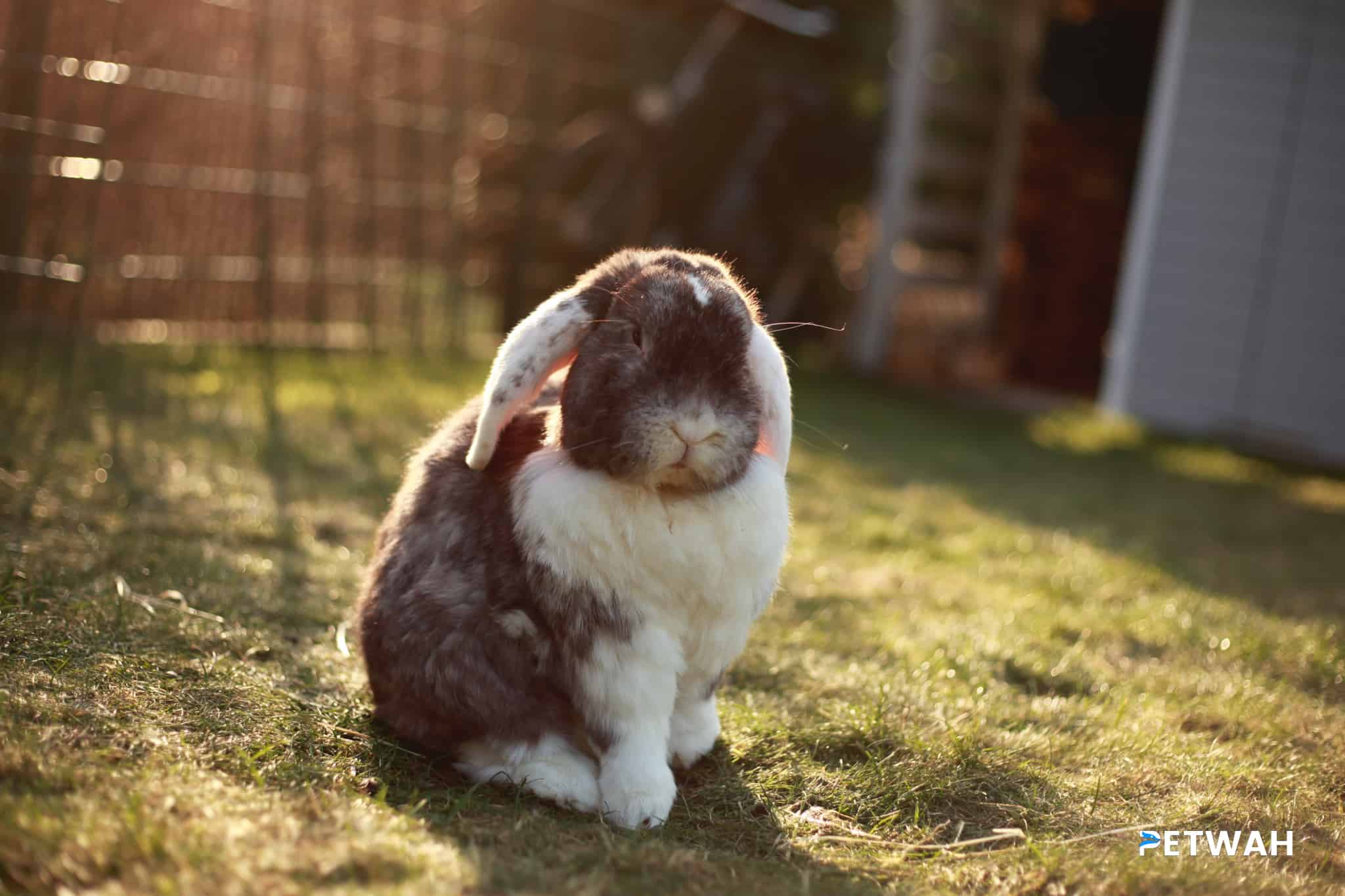
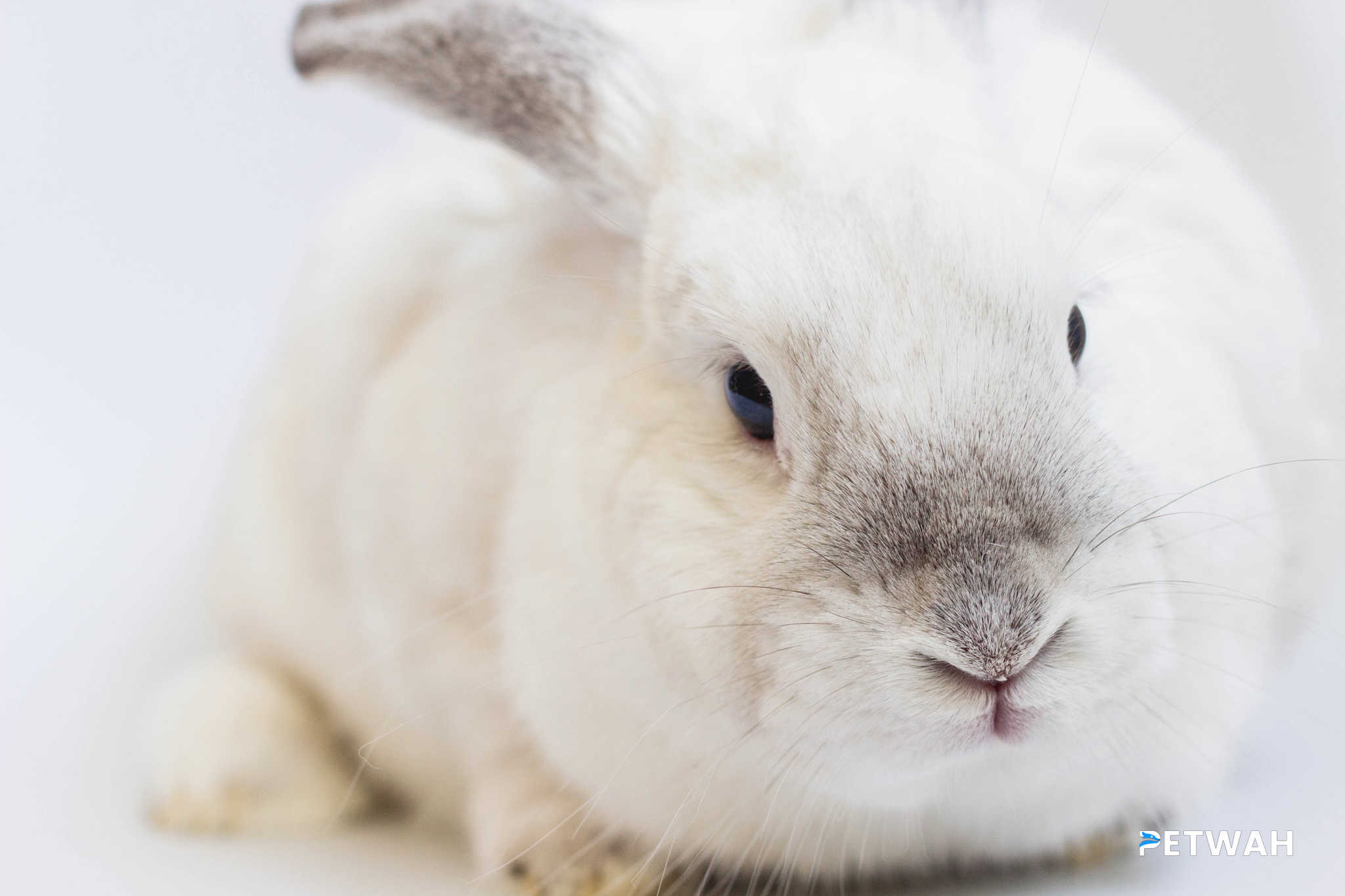
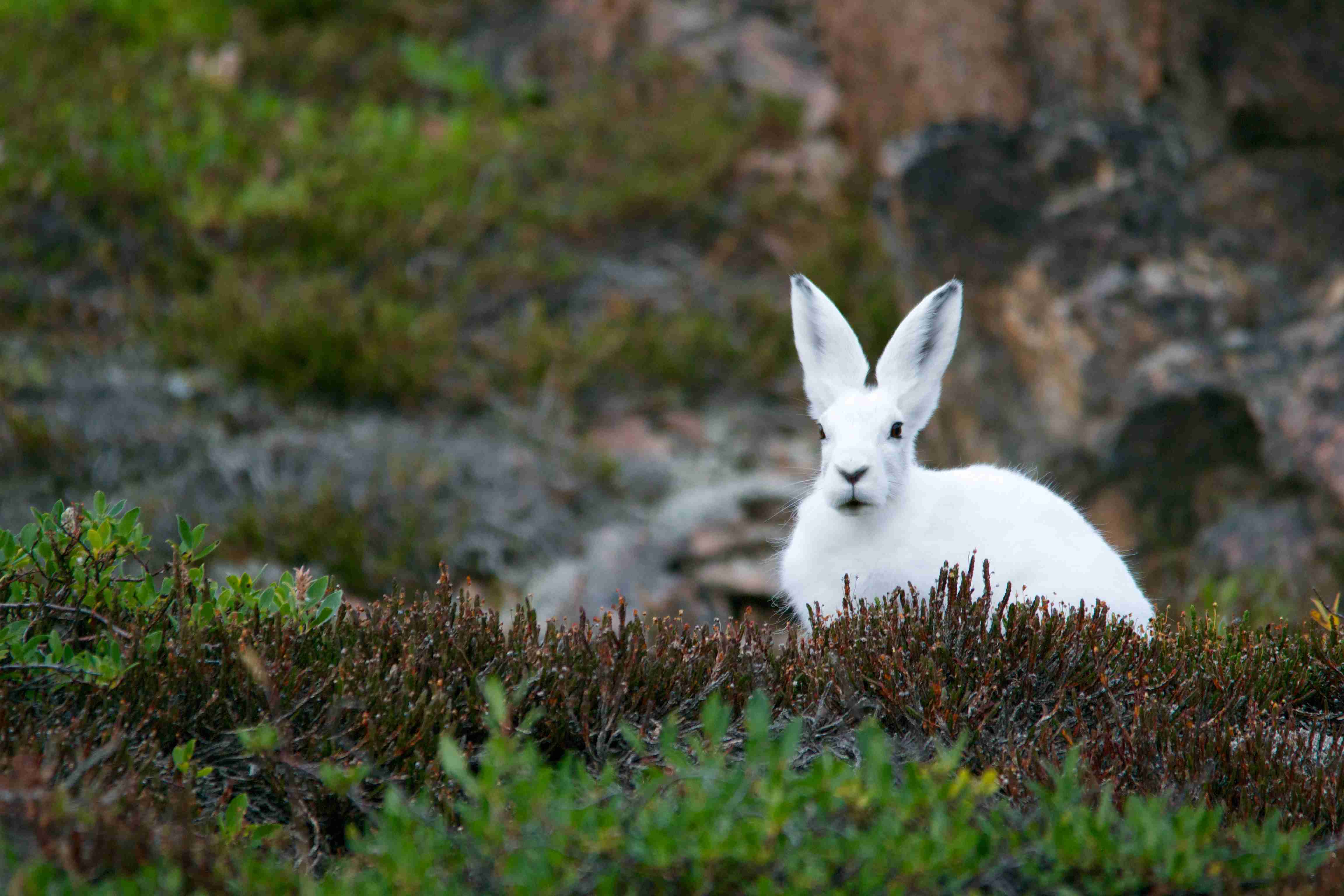
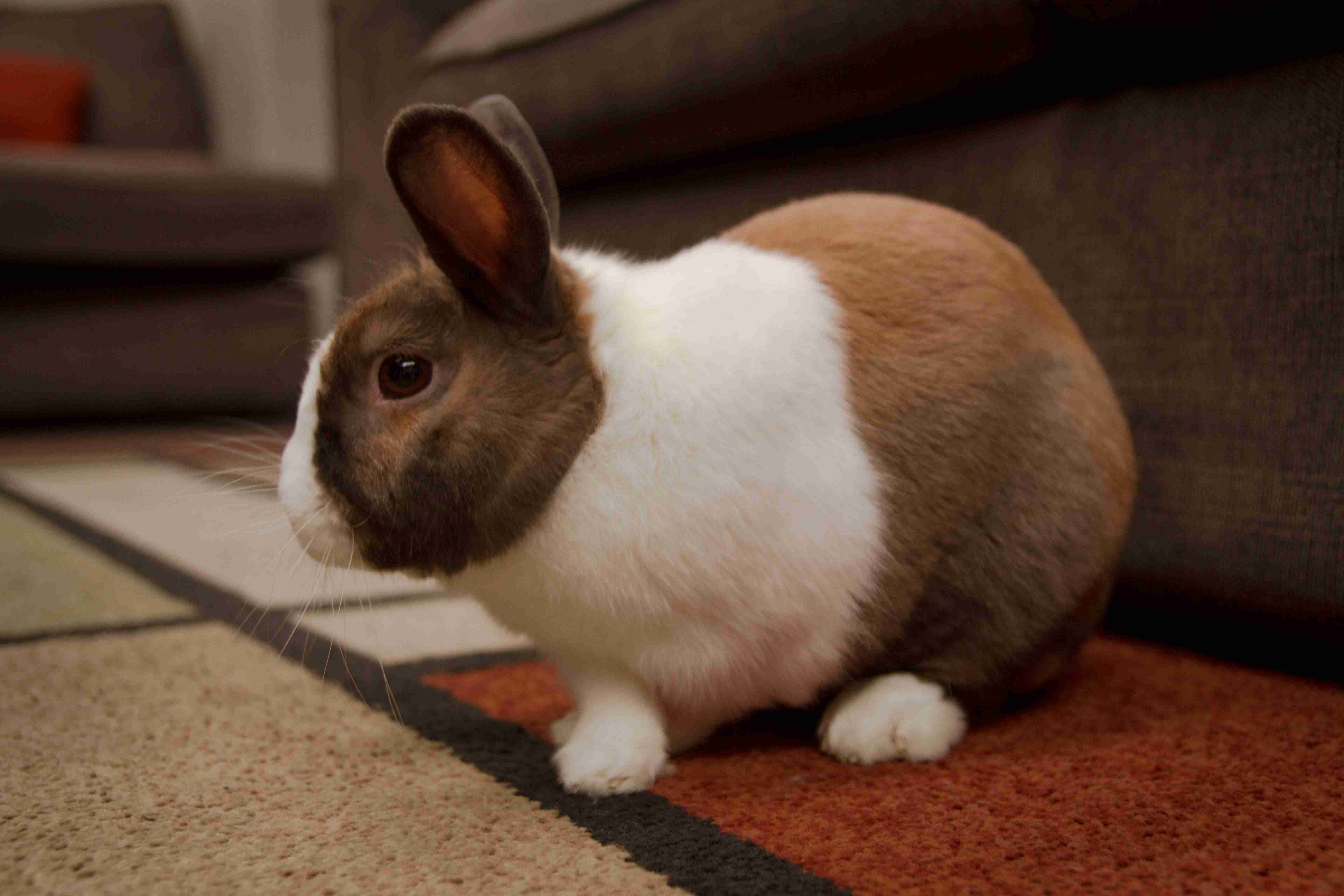
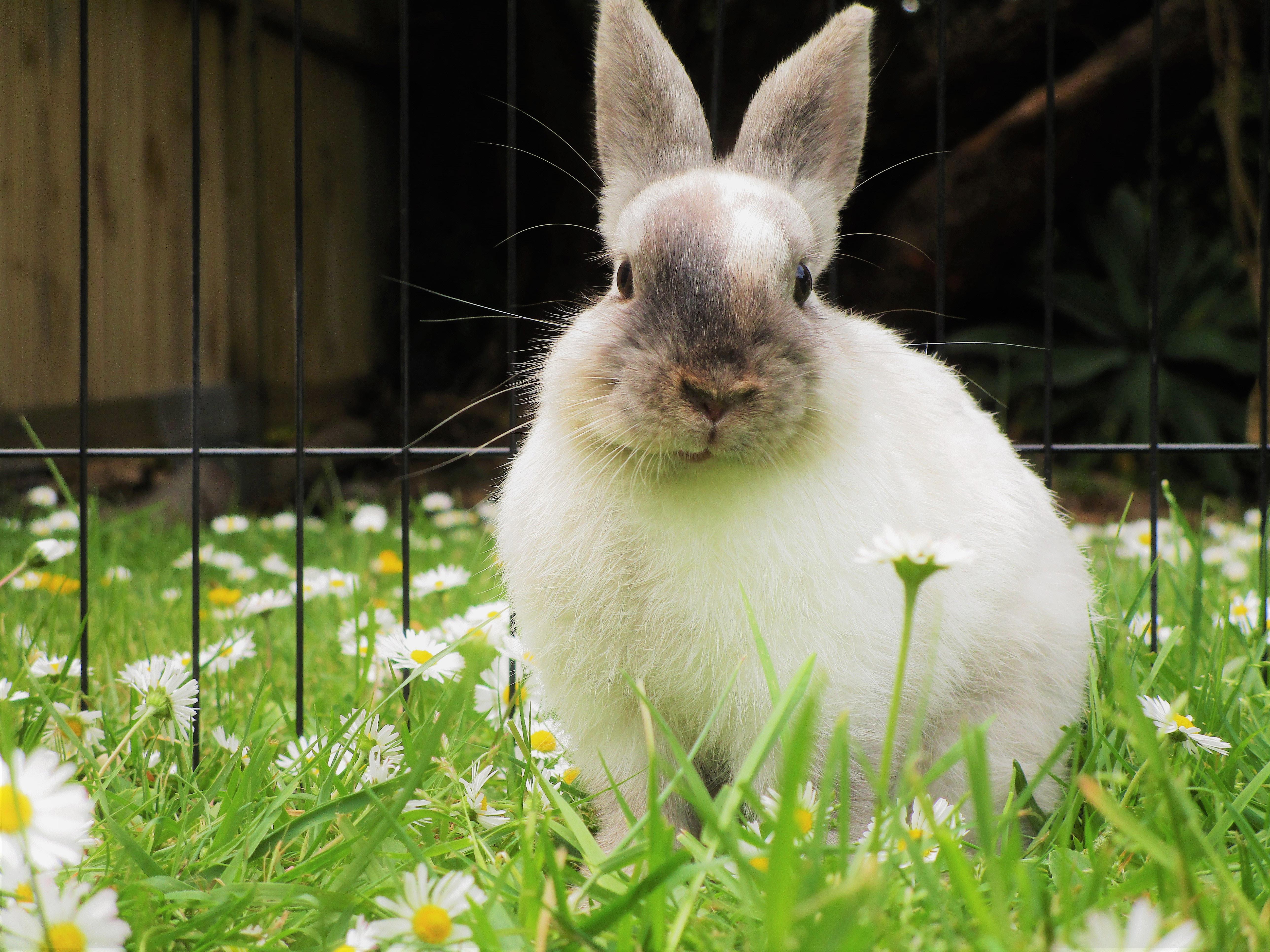
.jpg)